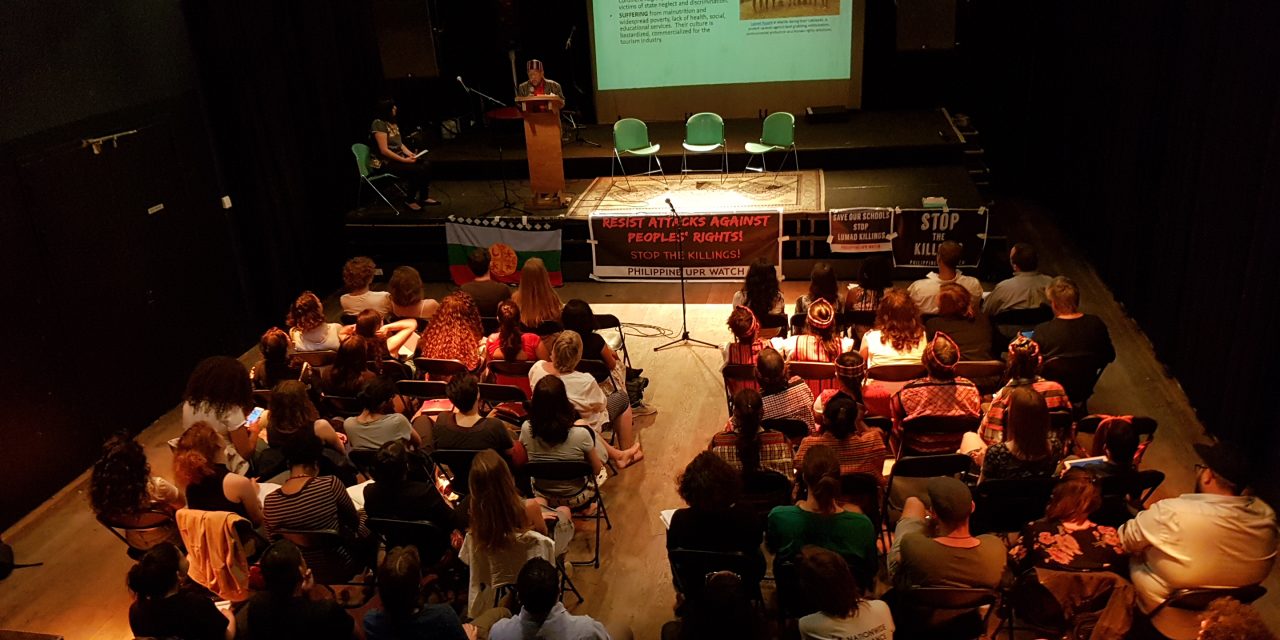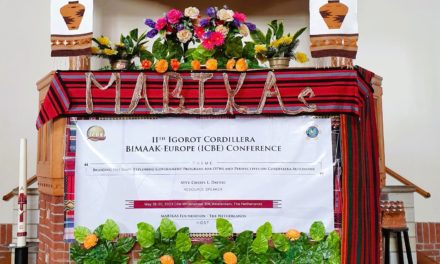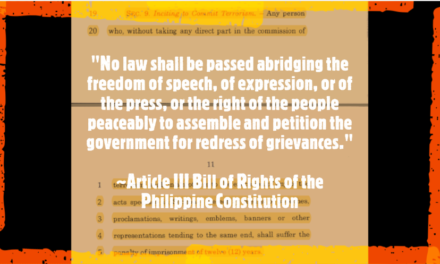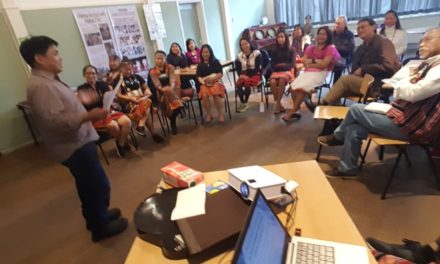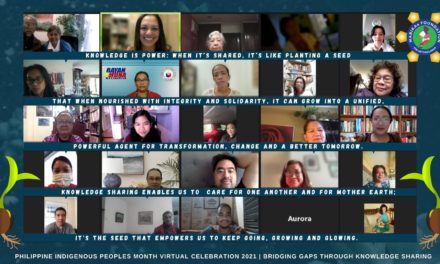A Presentation by Cesar T. Taguba during his talk at the celebration of Earth Day on April 22, 2018 at Studio/K in Amsterdam.
We congratulate the organizers of our Earth Day celebration for considering Indigenous Peoples (IPs) as major contributors to climate justice. There is a growing recognition that IPs are biodiversity protectors (Protector of Mother Earth), that their land have lower deforestation rate.
Who are the Indigenous Peoples? They “are inheritors and practitioners of unique culture and ways of relating to people and the environment. They have retained social, cultural, economic and political characteristics that are distinct from those of the dominant societies in which they live”. There are 370million IPs mostly located in Asia-Pacific, less than 5% of the global population and belong to the poorest 15%.
Their identity and rights are recognized in the UNDRIP (UN Declaration of Rights of Indigenous Peoples) adopted by the UN General Assembly 13 September 2007. However, the IPs are continuously threatened with land dispossession, forcible displacement, destruction of livelihood, environmental destruction and persecution, massacres.
Historical/institutional basis: The Philippines as case study
Before colonization, the people of the Philippines were engaged in agriculture, animal-raising, fishing and trade with neighboring countries. The world famous Rice Terraces was made in pre-colonization period. The people established their social and political institutions like the sultanate of the Moro (Muslim) people.
Colonized by Spain for 350 years, 45 years by US. The Spanish colonizers imposed the Regalian Doctrine which declares that “all land belongs to the King because he invested in expenditure of discovery, conquest and pacification” and the Doctrine of Discovery which considered the IPs as “savages, barbarians, inferior, uncivilized” to justify ownership of land, territories and resources. The IPs from the Philippines were brought to the 1887 Madrid World Fair and the USA 1904 St. Louis Exhibit, to justify colonial rule.
The Spaniards imposed taxes to finance its wars, conquest and maritime industry. It introduced the feudal system and imposed its political social and cultural dominance, using the church and school system. In 1896, a revolutionary war of independence isolated the Spanish forces who ceded Philippines to the US, then a rising power for US$20million.
Under the banner of “Manifest Destiny”, US took over the Spanish colonial rule leading to the bloody Philippine-American War (1898-1902) characterized by massacres, torture and death of millions Filipinos and the Moro people.
Having succeeded in its pacification and co-option policy the US direct colonial rule 1900-1945 opened up gold and copper mining in the Cordillera and the vast fertile lands in Mindanao for agricultural corporations (pineapple, banana), cattle-raising and commercial logging resulting in massive landgrabbing of LUMAD (collective name of different tribes) and Moro ancestral lands.
From 1942-1945, the Japanese imperial army occupied the Philippines. With the granting of independence in 1946, Philippines became a neo-colony. Under the banner of globalization and neo-liberalism, vast tracts of ancestral lands were opened to foreign mining, logging, agricultural, energy corporations. The Philippine Mining Act 1995 formalized the massive plunder of mineral resources like gold, nickel, copper located in IP and Moro ancestral lands. Deadly and massive water pollution by mining waste, deforestation, use of chemicals in the agricultural plantations degraded the environment and cause health problems.
Meanwhile the 14-17million IPs or national minorities (36% Cordillera Region, 61% in Mindanao collective called LUMAD) are victims of state neglect and discrimination. They suffer from malnutrition and widespread poverty, lack of health, social, educational services. Their culture is bastardized, commercialized for the tourism industry.
On Resistance
The IPs freely participated in the revolutionary wars for independence against Spanish, American and the short-lived Japanese colonial rule..
The IP resistance which stopped the World Bank-financed Chico Dam Project in the Cordillera brought the plight and struggle of IPs to national and international level. One of its martyred leaders Ama Macli-ing Dulag said “ How can you own the land which outlives you? Land is life. If life is threatened what ought a man do? Resist….otherwise he is dishonored and this is worse than death.” The victorious struggle against the Chico Dam in the ‘80s under condition of martial law of the Marcos dictatorship inspired the IPs to forge their unity to launch mass movement to Defend Land, Life and the Right to Self-Determination (DLLRSD). There is an increasing number of IP cadres and members of the joining the Marxist-led and socialist-oriented national democratic revolutionary movement. There is a movement to re-discover their history and culture, affirm their identity and engage in international solidarity.
Heightened Repression
Since 2016 the Duterte regime deployed 70% of the AFP in IP and Moro communities in Mindanao causing forced evacuation (half million), extra-judicial killings. Clans/tribes are organized into militias and pitted against those who opposed foreign mining, landgrabbing and agro-plantation. Schools of LUMAD (collective name of the various tribes/clans) are tagged as schools of rebels and ordered bombed and closed. Lately, 600 human rights activists and defenders, of which more than 20 are IPs, were tagged by the government as terrorists-including the current UN Special Rapporteur for Indigenous Peoples, and leader of the IPMLSD (Indigenous Peoples Movement for Liberation and Self-Determination), activists and human rights defenders.
Where lies our hope amidst repression, continuing plunder of resources and destruction of environment?
1). Growth in strength AND UNITY of the mass movement of IPs, Moro people engaged in various forms of struggle for DLLRSD
2). The peace talks between the GRP-NDFP, GRP-MILF for a just and lasting peace and addressing the issues, aspirations, rights of IPs and Moros.
3). Growing recognition by the international community of the role of IPs for climate justice.
4). IPs in the Philippines and other countries are linking their sectoral struggle to the national and international movement against imperialist plunder, for social justice and system change.
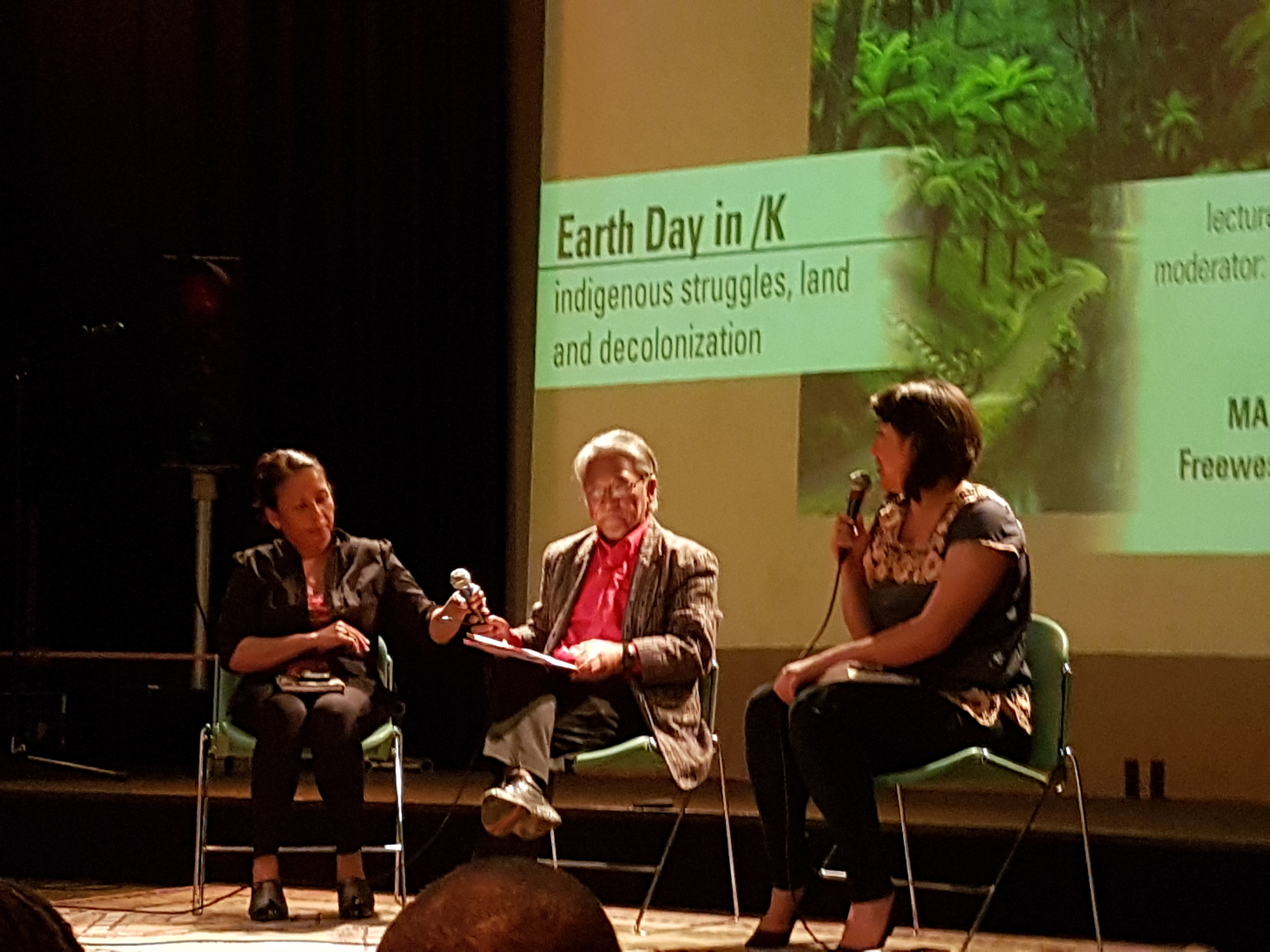
Question and answer part after the presentation
References
SCOTT, Henry William.. THE DISCOVERY OF THE IGOROTS. Quezon City, Philippines; New Day Publishers, 1974.
ALAMON, Arnold. WARS OF EXTINCTION: Discrimination and the LUMAD Struggle in Mindanao. RMP NMR Inc. Iligan City.
TUJAN, Antonio Jr and GUZMAN, Rosario Belia. GLOBALIZING PHILIPPINE MINING., Ibon Foundation Inc.,Philippines, 2002.
KARAPATAN Publication: Annual Report on the Human Rights Situation in the Philippines(2015-2007
Campaign Brochure: SCRAP Mining Act 1995; SAVE LUMAD Schools (2016-2018)
ABOUT THE SPEAKER
